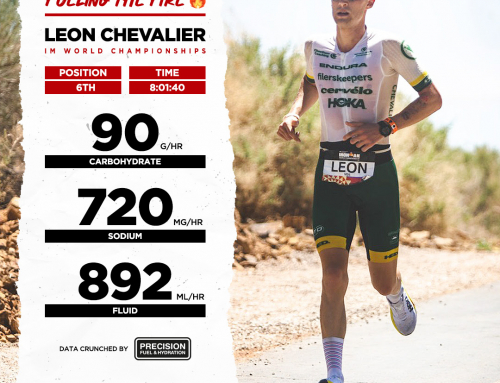There are some mixed messages out there surrounding cramps and what causes them. Below is a summary from my experience as a coach & education in exercise sport science and how best to deal with them.
A cramp is a painful, sudden & tight muscle contraction, which does not relax. Although the exact mechanism is still debated, knowledge of microscopic muscle structure would suggest it has to do with the electrical & chemical messages supplied to the muscle telling it to contract/relax from the brain.
Factors that seem to contribute to an increase risk of cramping include poor levels of fitness/conditioning of that muscle, poor biomechanics, inadequate mobility or range of motion in that joint/muscle & dehydration.
Many people take magnesium supplements to help prevent cramping. Although anecdotal evidence suggests this may assist to relax muscles it does not always prevent cramps from occurring. There is some evidence to suggest that a magnesium imbalance may be involved in causing cramps opposed to a lack of magnesium in the body.
When analyzing the make-up of sweat you will realize that very little of three of the four electrolytes are lost- calcium, magnesium & potassium. Sodium is the main electrolyte which is lost in sweat and should be the one most readily replaced by athletes. Hyponatremia is a serious condition often seen in endurance athletes where the level of sodium in their body reaches dangerously low levels and has been linked to cramping in it’s early stages.
How to avoid cramps:
- Make sure you are well conditioned for the activity being performed
- Strengthen weaker muscles to avoid muscle imbalances
- Stay well hydrated and replace sodium losses
- Ensure muscles are adequately warmed up and stretched prior to commencing activity and at the conclusion
Sources
Sport Dieticians Australia
AIS Sport Nutrition
Sweat Think Go Faster by Darryl Griffiths









